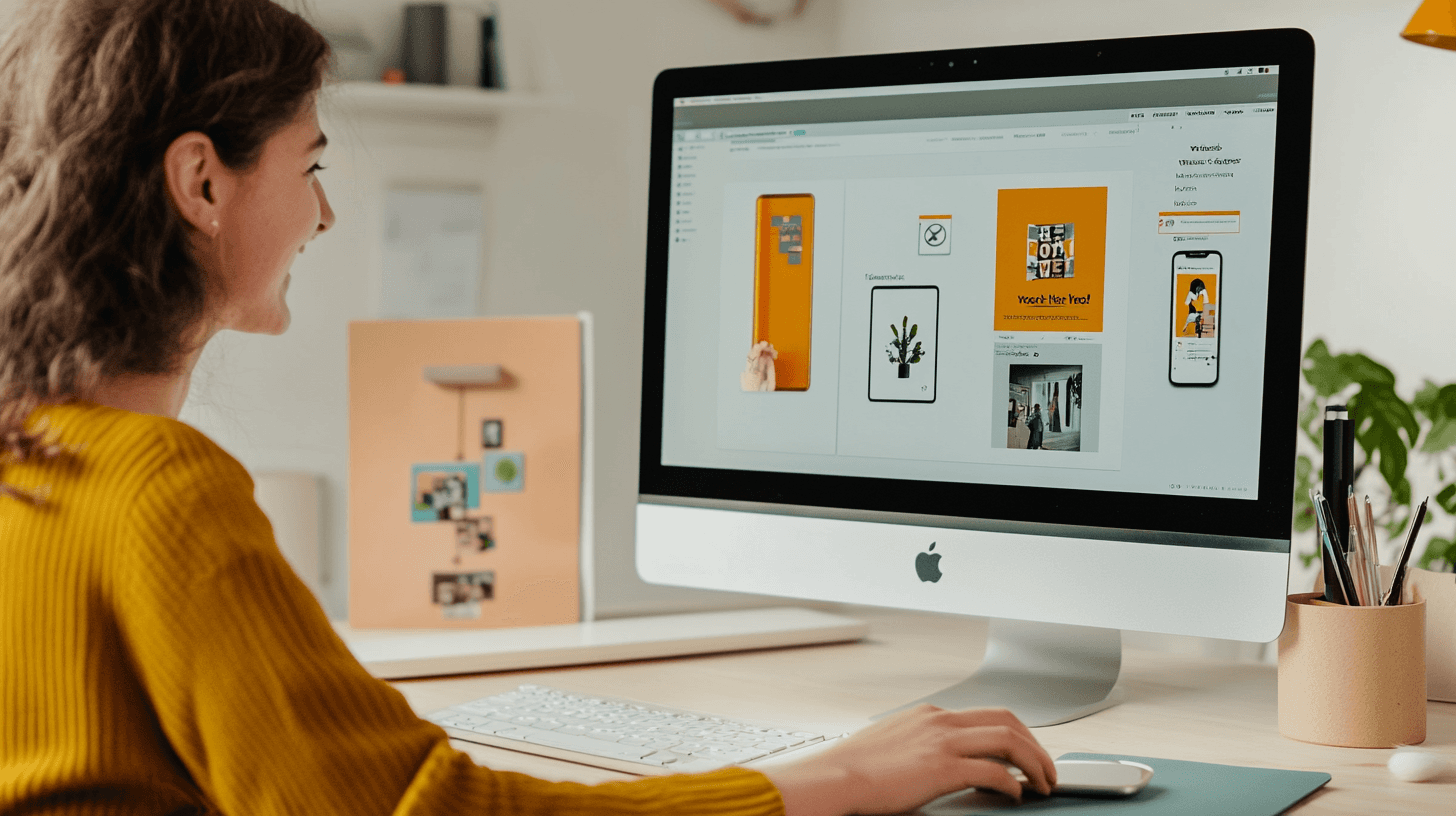Design Systems: Sustainability and Scalability with Atomic Design
Design System
・
6 min
Sustainable UI & UX
What is a Design System?
Why Should We Establish a Design System?
Contents
In digital projects, we often hear the words consistency, rapid scalability, and sustainability, don't we? Well, Design Systems is the hero of this trio! With the Atomic Design approach, the idea of "Let's make our buttons look the same everywhere, let the colours maintain their identity, and not get confused as we grow" is eliminated. In this article, I will attempt to answer the questions: "What are Design Systems, what does Atomic Design add for us, and why is it a lifesaver in growing projects?" in a pleasant way.
What Are Design Systems?
Imagine that every time you visit a restaurant, the menu changes completely. One day the soup is served in a red bowl, and the next day it is presented in a blue cup. It would ruin your appetite, right? Design Systems prevent such a ridiculous situation from occurring in the digital realm.
• Design Components: It is the collection of each element like buttons, cards, forms, and tables in a single "library".
• Style Guide: A clear definition of elements that reflect brand identity such as color, typography, and icon set.
• Consistency and Speed: When designing a new page, instead of thinking, "Which button should I use?" you pull it from the library—it is always the same.

Atomic Design Approach
The logic of Atomic Design is this: a system that starts from the smallest building blocks (atoms) and goes to larger pieces (molecules, organisms, pages).
• Atoms: The simplest elements (for example, a button or input field).
• Molecules: A combination of a few atoms (search bar + button).
• Organisms: More comprehensive sections formed by the combination of molecules (header, hero section, etc.).
• Consistency: Once the “atom” level is under control, larger components maintain their integrity both in appearance and functionality.

Sustainable and Scalable Design
As our project grows, we implement the design system to prevent chaos as new pages and features arrive.
• Sustainability: Since everyone uses the same “materials” (button, color, typography), you do not lose your identity.
• Scalability: You do not panic with the thought “Did the button shape change?” while going from 10 pages to 1000 pages; the system updates itself and ensures backward compatibility.
• Time Savings: A new designer or developer can quickly continue their work by checking the library without asking, “What was the size of this button?”

Why Is Everyone Talking About Atomic Design?
Because “defining everything from scratch” is a nightmare. The Atomic Design approach breaks a large structure into pieces, defines a “source” for each piece, and then we assemble those pieces like Lego.
• Easy Maintenance: When you make a change in an atom (for example, button color), it automatically reflects on the rest of the system.
• Common Language: Both designers and developers speak with the same terms (“Atom”, “Molecule”, etc.).
• Continuous Improvement: When you need to add a new “atom” or “molecule”, you can expand the system instead of breaking it.
Are there parts you don't understand? We can address the question marks in your mind together, or do you want to contribute to this article? Please email me at [email protected]!
You can cancel your subscription at any time.
Leave a comment
Comments
No comments yet.



